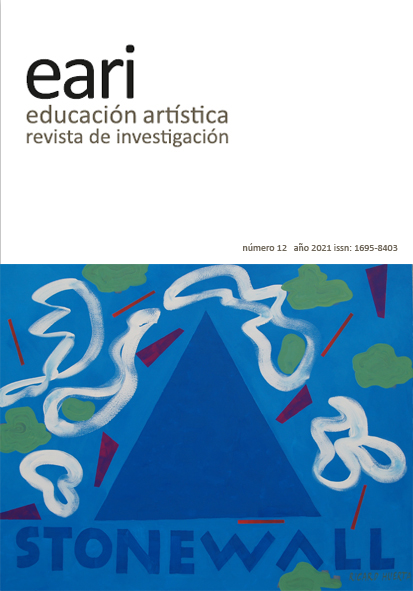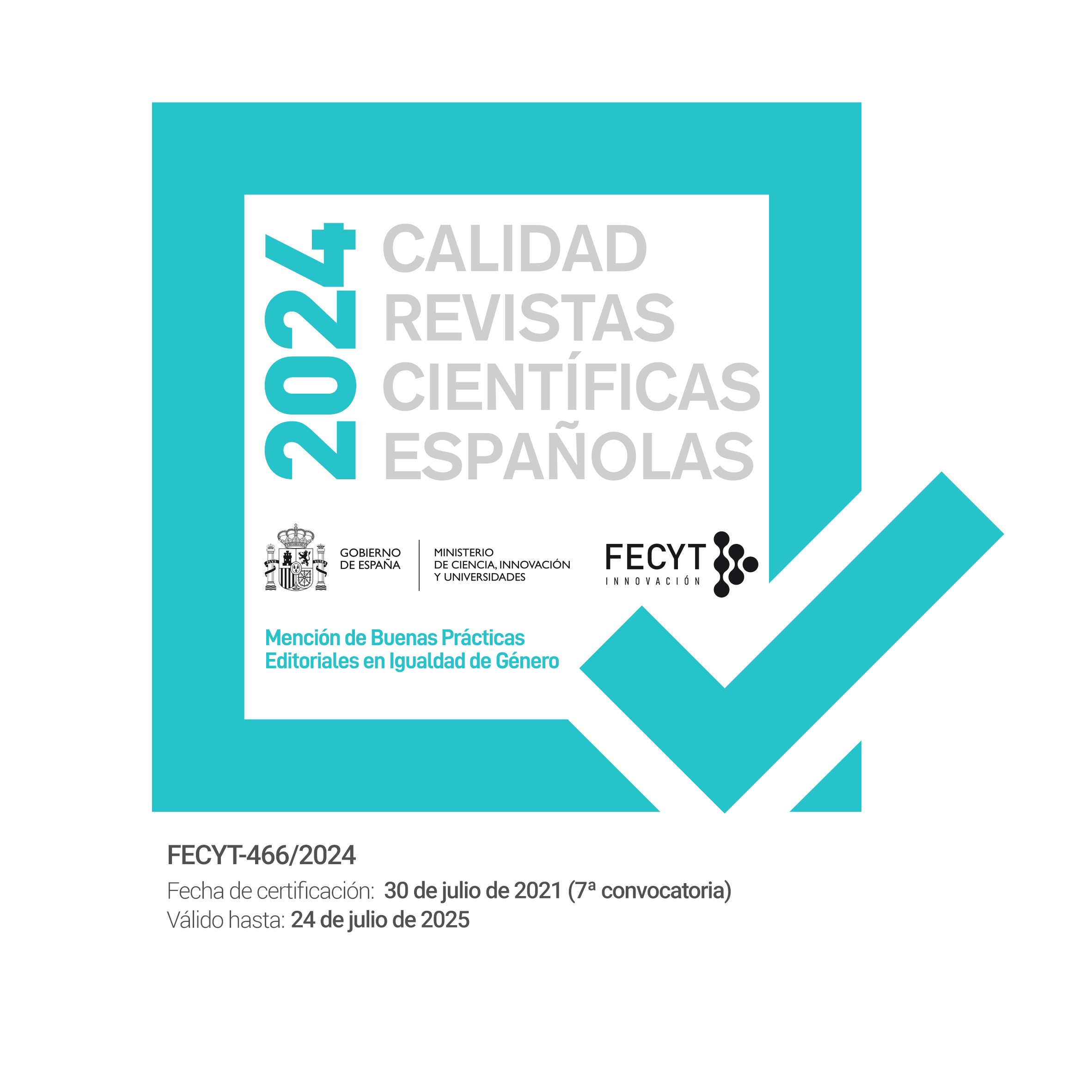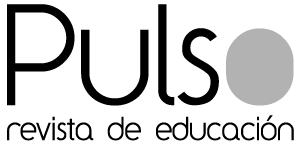dynamics-aktion. Pedagogical dynamics proposal, useful for Design Studio teaching and beyond
DOI:
https://doi.org/10.7203/eari.12.17633Keywords:
dynamic, pedagogy, design studio teaching, evaluation Abstract
Abstract
This paper is a continuation and a complement to the previous paper: #eindakoa# (what we’ve done) A pedagogical method of Interior Design Projects’ method.
That paper developed a pedagogical method throughout a full course at a project Design Studio for a Degree in Interior Design.
This paper extends that previous paper and develops its pedagogical approach through a series of pedagogical dynamics and strategies, defined on a more precise and detailed scale.
The dynamics are artistically designed, almost like actions, to create ‘learning events’ and teach the content of Design Studio through experience.
These dynamics are inspiring, to such an extent that they can be transferred to any discipline. However, this article includes a specific theoretical support: a discussion and a comparative contrast with different models of the pedagogical method of the architectural project Design Studio.
 Downloads
Downloads
 References
References
Anthony, K.H. (1987). Private Reactions to Public Criticism; Students, Faculty, and Practicing Architects State Their Views on Design Juries in Architectural Education. Journal of Architectural Education, 40(3), 1-11. doi: 10.1080/10464883.1987.10758454
Besa, E. (2015). Arquitecto, obra y método. Análisis comparado de diferentes estrategias metodológicas singulares de la creación arquitectónica contemporánea. Tesis Doctoral, ETSAM UPM. OAI: http://oa.upm.es/38053/
Besa, E. (2019). #eindakoa# (lo que hemos hecho) Un MÉTODO pedagógico del MÉTODO de Proyectos de Diseño de Interior. EARI, Educación Artística Revista de Investigación, 10, 33-63. doi: 10.7203/eari.10.13763
Besa, E. (2021). Arquitecto, obra y método. Diseño Editorial.
Bose, M., Pennypacker, E. & Yahner, T. (2006). Enhancing critical thinking through ‘independent decision-making’ in the studio. Open House international, 31(3), 33-42. doi: 10.1108/OHI-03-2006-B0005
Ciravoğlu, A. (2014). Notes on architectural education: An experimental approach to design studio. Procedia - Social and Behavioral Sciences, 152, 7-12. doi: 10.1016/j.sbspro.2014.09.146
Cortés, J. A. & Moneo, R. (1976). Comentario sobre dibujos de 20 arquitectos actuales. Escuela Técnica Superior de Barcelona. http://hdl.handle. net/2117/90472
Dutton, T.A. (1987). Design and Studio Pedagogy. Journal of Architectural Education, 41(1), 16-25. doi: 10.1080/10464883.1987.10758461
Ellsworth, E. (2005). Places of Learning. Media, Architecture, Pedagogy. RoutledgeFalmer.
Fernandez Bravo, J.A. (2019). La sonrisa del conocimiento. Una metodología que escucha al que aprende para hablar al que enseña. Editorial CCS.
Fernando, N.A. (2007). Decision Making in Design Studios: Old Dilemmas and New Strategies. In A.N Salama and N. Wilkinson (Eds), Design studio pedagogy: horizons for the future. The Urban International Press, 143-152.
Frederickson, M.P. (1990). Design juries: A study in lines of communication. Journal of Architectural Education, 43(2), 22-27. doi: 10.1080/10464883.1990.10758556
Freud, S. (1991) Tótem y tabú y otras obras (1913-1914) VIII. (J. L. Echeverry, Trad.) Amorrortu editors. (Obra original publicada en 1913-1914)
Hillier, B., Musgrove, J. & O’Sullivan, P. (1972). Knowledge and design. En W. Mitchell (ed.), Environmental design: Research and Practice. University of California at Los Angeles.
hooks, B (2021). Enseñar a transgredir. La educación como práctica de la libertad. (M. Malo, Trad.) Capitán Swing Libros. (Obra original publicada en 1994)
Kellbaugh, D. (2004). Seven fallacies in architectural culture. Journal of Architectural Education, 58(1), 66-68. doi: 10.1162/1046488041578167
Ledewitz, S. (1985). Models of Design in Studio Teaching. Journal of Architectural Education, 38(2), 2-8. doi: 10.1080/10464883.1985.10758354
Levinas, E. (1977). Totalidad e infinito. Ensayo sobre la exterioridad. (M. García Baró (Trad.) Ediciones Sígueme. (Obra original publicada en 1961)
Merleau-Ponty, M. (1964). Le visible et l’invisible. Editions Gallimard.
Ochsner, J.K. (2000). Behind the Mask: A Psychoanalytic Perspective on Interaction in the Design Studio. Journal of Architectural Education, 53(4), 27-31. doi: 10.1162/104648800564608
Robinson, J. W. & Weeks, J. S., (1983). Programming as a Design. Journal of Architectural Education, 37(2), 194-206. doi: 10.1080/10464883.1983.10758326
Salama, A. M. (2015). Spatial Design Education. New Directions for Pedagogy in Architecture and Beyond. Routledge.
Schön, D.A. (1984). The architectural Studio as an Exemplar of Education for Reflection-in-Action. Journal of Architectural Education, 38(1), 2-9. doi: 10.1080/10464883.1984.10758345
Simmons, G. (1978). Analogy in design: Studio teaching models. Journal of Architectural Education, 31(3), 18-20. doi: 10.1080/10464883.1978.10758137
Downloads
Published
How to Cite
-
Abstract1266
-
PDF (Español)1249
Issue
Section
License
![]()
Educación artística: revista de investigación (EARI) retains the proprietary rights (copyright) of published works, and favors and allows the reuse of the same under the license Creative Commons Attribution-Noncommercial Use 4.0 International License (CC-BY-NC 4.0), which allows third parties to use the published material whenever the authorship of the work and the source of publication is mentioned (journal, publisher and URL of the work), and it is used for non-commercial purposes.
Authors are encouraged to disseminate their work after it has been published, through the internet (for example, in institutional archives online or on its website) which can generate interesting exchanges and increase work appointments.








